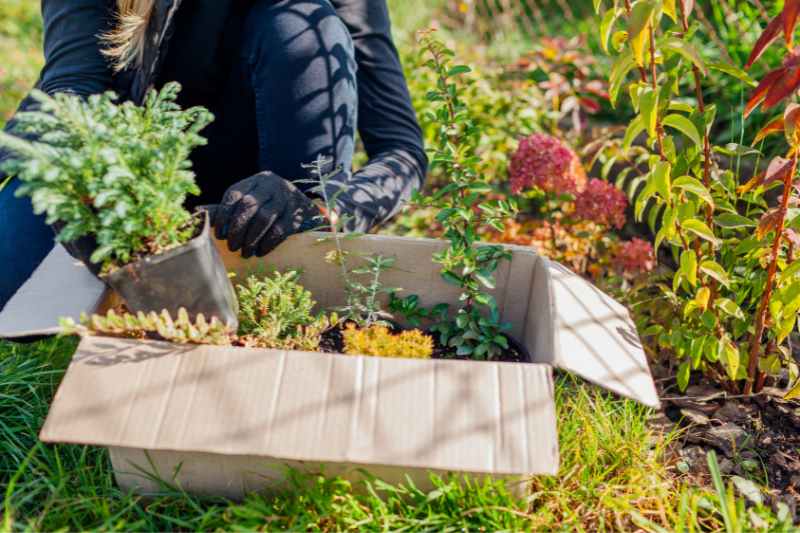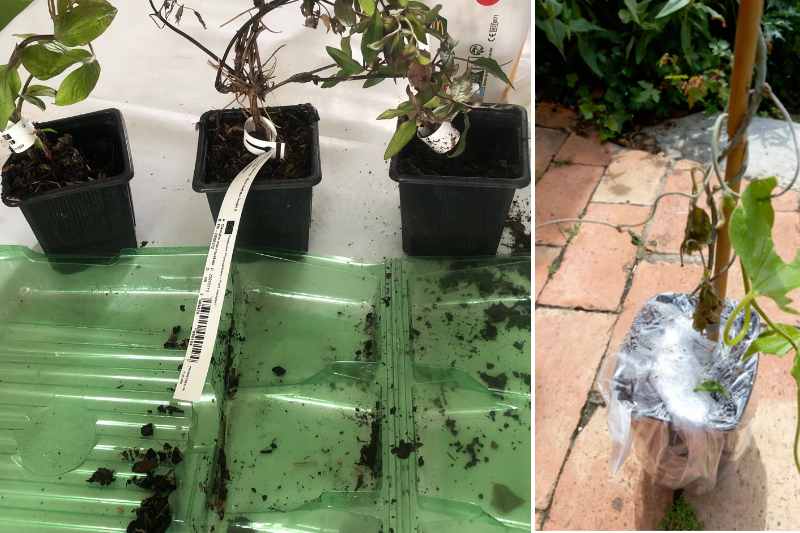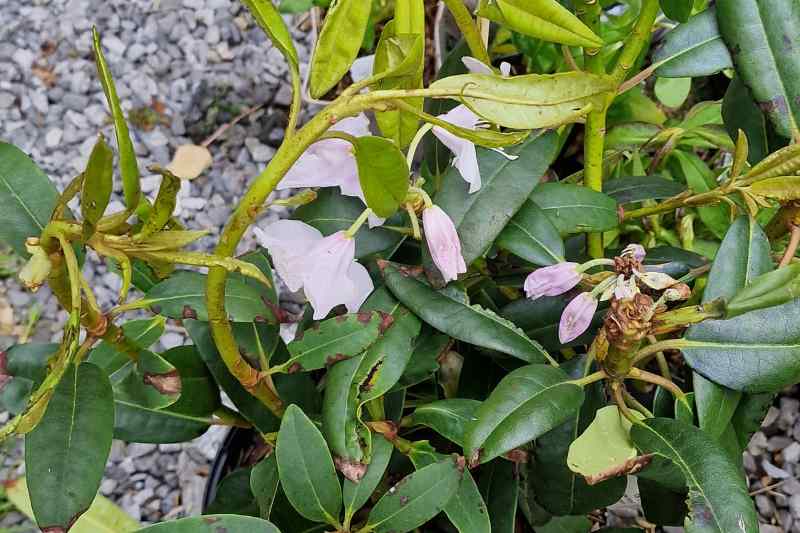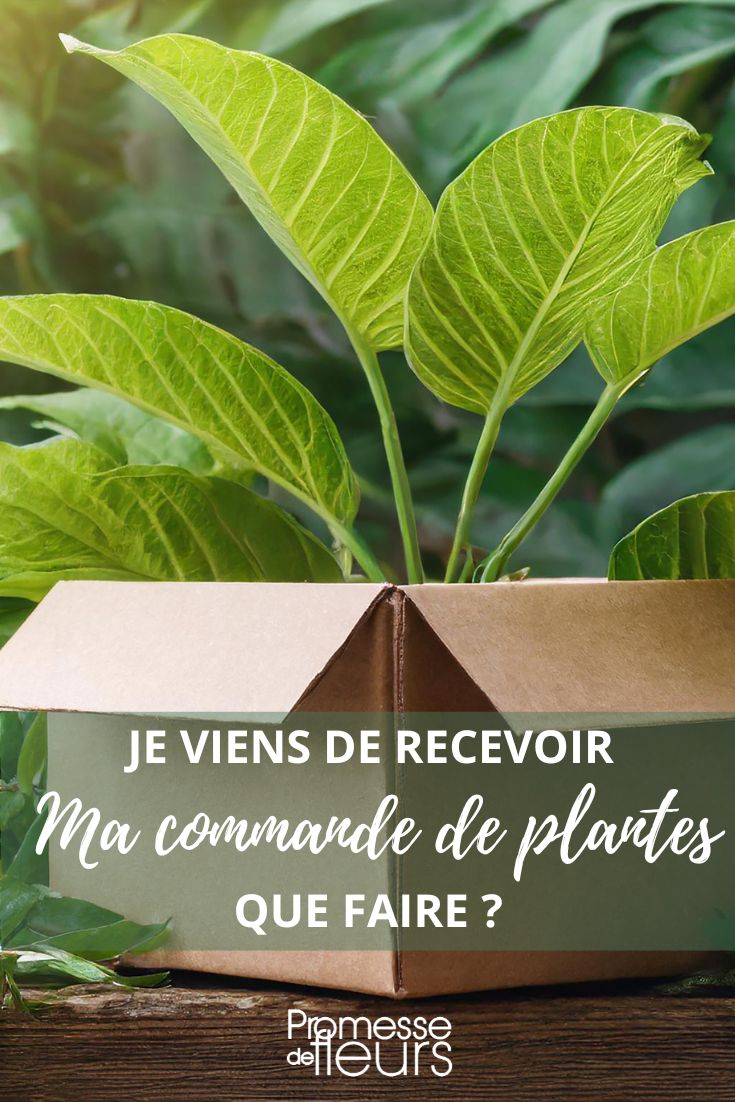When receiving plants ordered online, it is important to prepare them properly for new life in your garden. Opening the parcel may be intuitive, but subsequent steps may not be. What to do on receipt of my parcel? Here are detailed steps to follow to maximise their chances of establishment.
Open parcel quickly!
This is the first thing to do. As soon as parcel arrives, open it without delay. Plants, although carefully packed, can suffer if left inside for too long. Their needs for light, air and water are not met when they are in a closed cardboard box. To avoid risk of crushing or damage, handle parcel gently. Opening quickly also allows immediate check of plants' overall condition on arrival.

Take plants out of box!
After opening parcel, carefully remove plants. Each plant is usually protected and braced to avoid shocks during transport. Take care removing these protections without brusqueness (cardboard, bamboo support stake, plastic shell...) so as not to damage plant. This step is essential to allow plants to breathe and to begin their hardening to outdoor air.
For seed packets or bulbs, check they are not too damp. Then, place them in a dark, well ventilated spot.

Check plant condition!
Before proceeding further, examine each plant carefully. Check that varieties correspond to order. Pay particular attention to condition of leaves, stems, and especially roots. A few yellowed or slightly wilted leaves are normal after transport, but watch for more serious deterioration such as black spots or soft areas that could indicate disease or severe stress. This visual check allows quick action in case of problem and to contact after-sales service if necessary.
Please note : root inspection is essential for bare roots (trees, bushes, but also perennial plants). Roots should be firm, pale in colour and free from mould.

Water your plants!
Journey can be taxing for plants, notably because they may have been deprived of water for several days. Once out of box, it is essential to water immediately to rehydrate substrate and roots. If substrate seems dry, do not hesitate to water generously until water runs from pot drainage holes. Watering should be adapted to each plant type: succulents or cacti, for example, need less water than perennial plants or bushes. This rehydration is crucial to help plants recover from transport stress.
Prune if necessary!
During transport, some branches may break or become weakened. Use a clean, sharp pruning shear to cut back damaged branches. Cut just above a healthy bud or node to encourage healing. This light pruning allows plant to concentrate resources on healthy parts and prevents disease or rot developing at wounds. This step is especially important for bushes and woody plants, but also applies to perennials for broken stems.
Place plants in partial shade and sheltered from wind!
Once plants are out, watered and pruned if needed, place them in a calm spot sheltered from elements. Choose a location where they will be protected from wind, which could increase stress, and from direct sunlight, which could scorch them. Partial shade is ideal, as it lets plants recover gently. Leave them there for one or two days to harden before planting in final position. This rest period is crucial for plants that experienced significant transport stress.
A minimum of planning...
Keep in mind that when buying plants, intention is to plant them "as soon as possible". So, if possible, do not store plants, even in bucket or pot, for ages.
However, sometimes timing is off or weather is uncooperative. In that case, avoid planting when soil is frozen or during heatwave. Instead, place plants in shade, well sheltered, and remember regular watering (even in winter).
Some gardeners, thinking well, keep newly received plants... in living room until weather improves outside: do not do that! Garden plants are not indoor plants. At a push, a frost-free space (bright garage or unheated conservatory) will do.
For bare-root trees and bushes, keep them heeled in, that is, roots kept in soil in loose soil (sometimes just sand) to prevent drying out. If needed, you can also do same with trees and bushes originally in pots that you have previously removed from pots. This will allow checking roots and undoing any root ball at same time.
































Comments